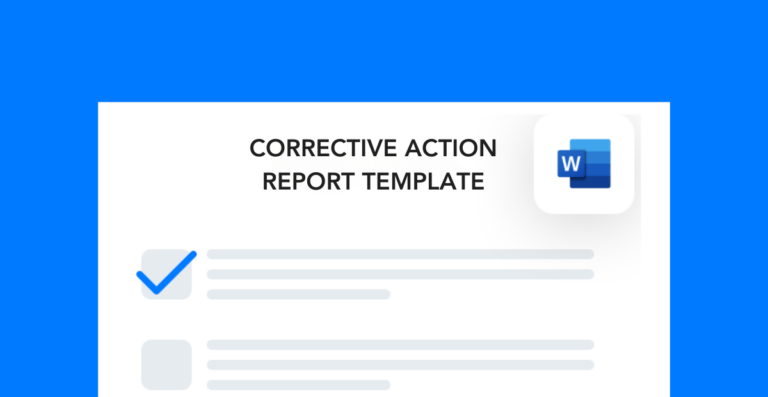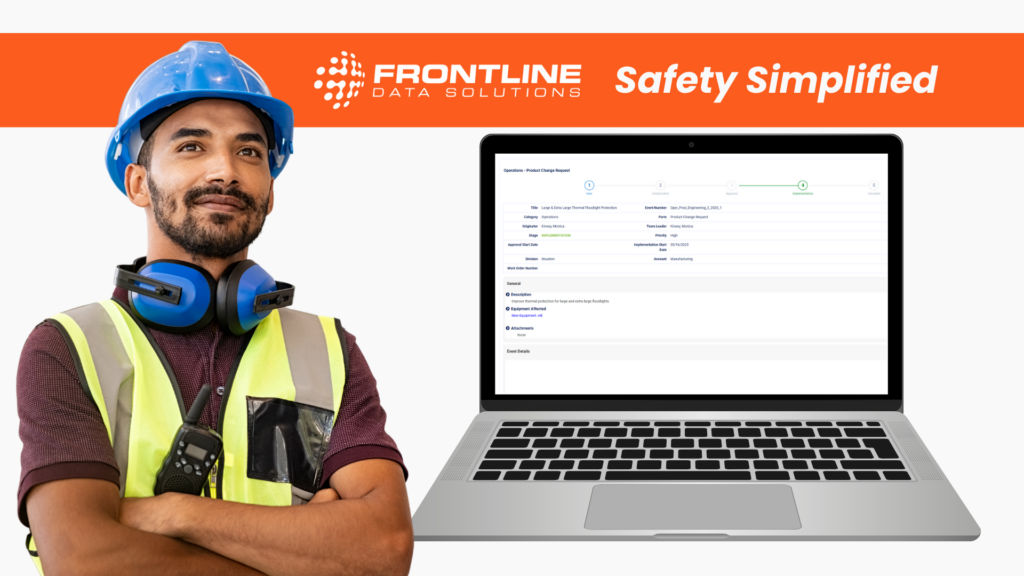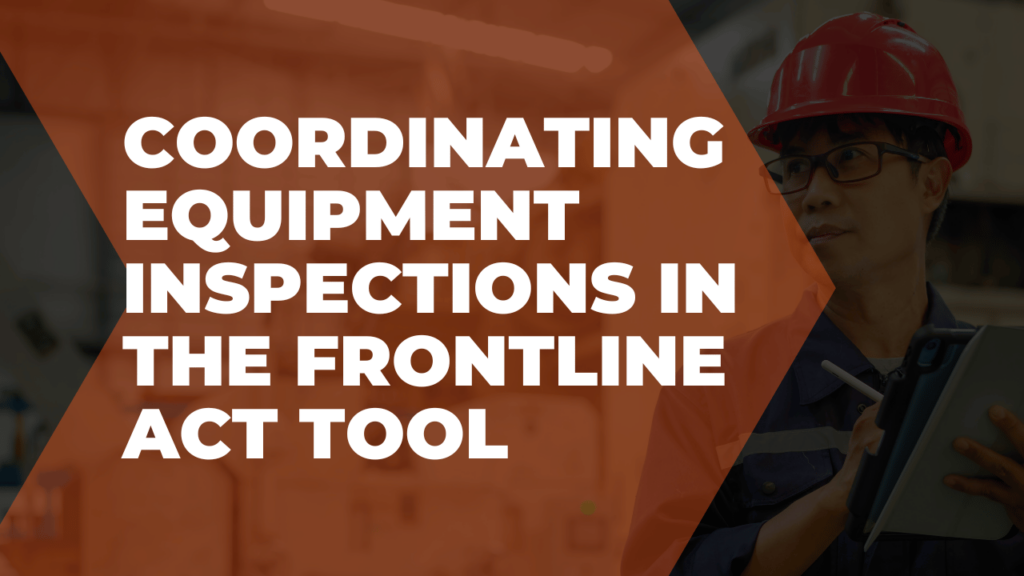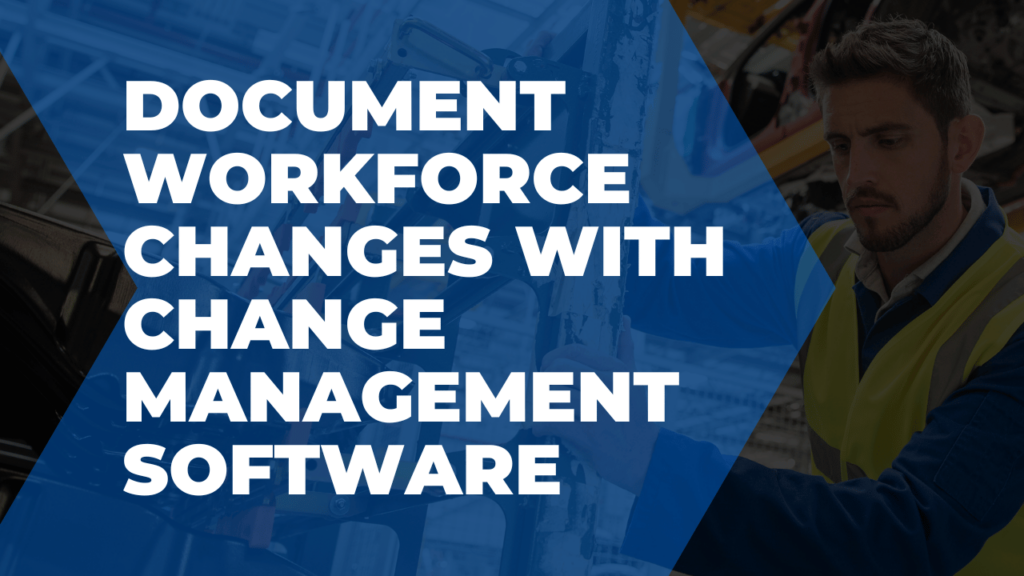Corrective action management is the process of coordinating implementation of solutions to issues like safety incidents, production slowdowns, quality errors, and more. Moreover, like most areas of operational performance, you can always improve your strategy. Therefore, to begin strengthening your approach, check out the top improvement opportunities listed below.
Free template!
Download this free corrective aciton report template to document your incident follow-up measures, ensuring effective corrective action management.
Plan your preventive follow-up for corrective action management
The biggest mistake you can make with corrective action management is to leave it there. Because if you really want to make your workplace safer, you need to ask yourself:
“How am I going to solve the problem once and for all?”
A good corrective action management strategy ensures the completion and documentation of all action items. An excellent strategy goes even further to plan preventive solutions that can stop the incident from happening again. If you want to elevate your approach, figure out how to guarantee that every incident has both corrective and preventive actions in the follow-up.
Involve employees in the process
Getting your employees involved in corrective action management is a great way to foster a culture of safety. Basically, it allows you to teach your workers about the aftermath of workplace accidents. Furthermore, here are some effective ways to involve them in the process:
- Ask for corrective action ideas following incidents
- Get help implementing a new process, piece of equipment, etc.
- Test out an idea within a single department or area first
- Do a focus group to explore different courses of action
Keep detailed records for corrective action management
Corrective actions are meant to solve problems, and there’s a lot you can learn from them even if they don’t work. But you can’t learn from the past if you can’t remember it. That’s where recordkeeping comes in. Effective corrective action management includes keeping detailed records to track outcomes.
Early in my career, I quickly learned the value of keeping detailed notes on everything I worked on. As a result, this habit helped me pinpoint where I went wrong with certain ideas. More importantly, it showed me how to apply past successes to new challenges. In the long run, consistently taking notes became one of the most useful habits I developed.
Keeping detailed notes of:
- What your team’s working on
- Who’s in charge of what
- How long it takes to implement actions
- How effective or ineffective corrective actions are
With this information, you can avoid repeating past mistakes and better estimate how much time you need to take corrective action. In addition, learning from past experiences helps you set realistic expectations and continuously improve your approach.
Upgrade to EHS software
To strengthen your corrective action management program, EHS software is one of the most effective tools you can use. In addition, it automates many of the manual tasks involved in documenting incidents, managing projects, and tracking follow-up actions.
Here are just some of the things you can do with Frontline ACT:
- Quickly compile status reports for all action items
- Schedule and assign corrective actions to different members of your team
- Send out automated notifications of upcoming or past due actions
- Attach supplementary documents like photos and videos
- Keep detailed notes about your progress on actions
- Organize and categorize EHS data
One key advantage of using cloud-based software is the ability to access important documents from nearly anywhere. As a result, teams can stay connected and informed regardless of location. This is especially important in remote industries like mining and oil and gas, where job sites are often far from centralized offices.
Frontline ACT for incident management
Our action tracking solution provides full visibility and control over corrective action management processes.





